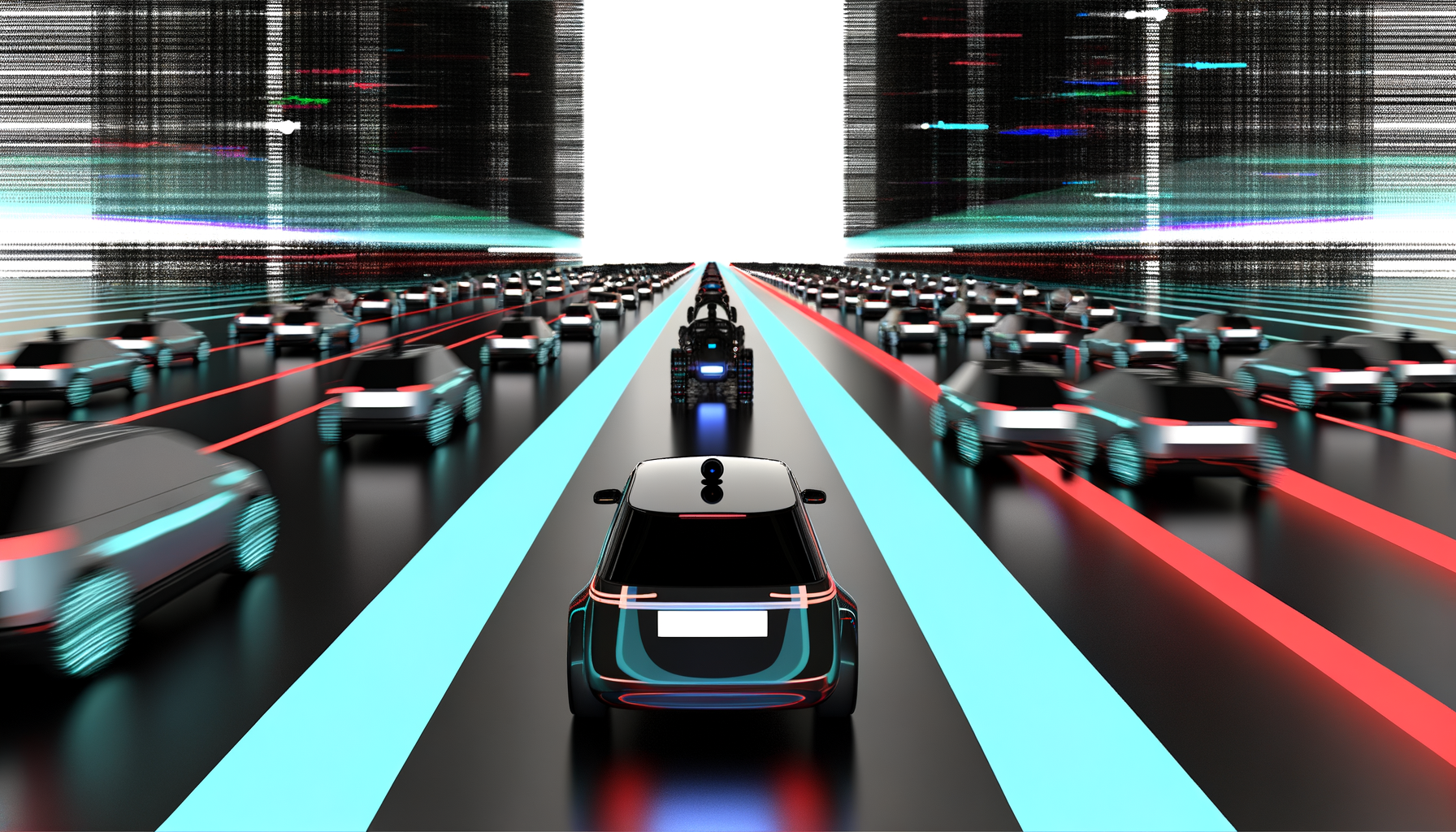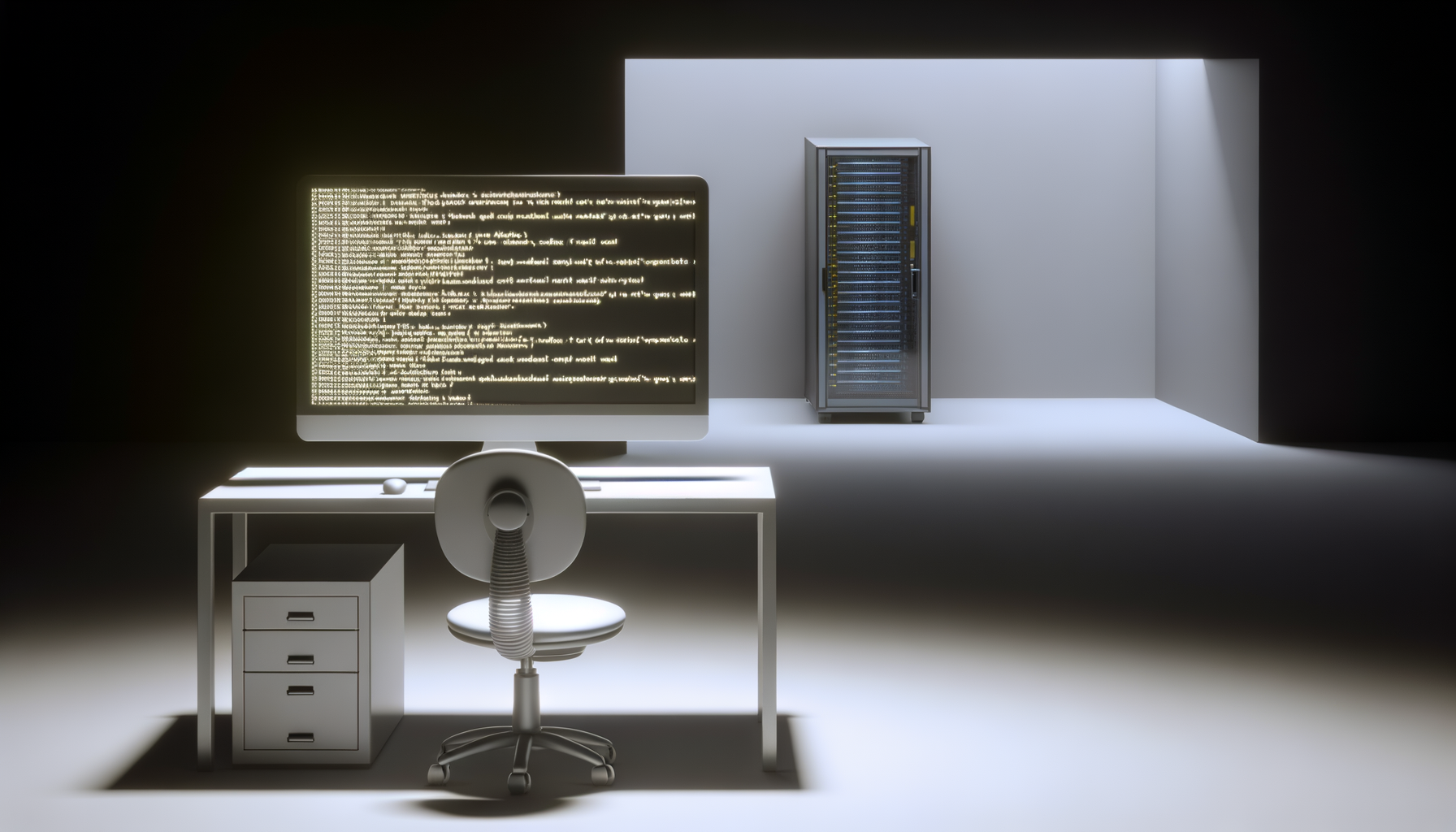Your AI-powered developers are shipping code at warp speed while your company grinds to a halt. The numbers will shock you.
The Great AI Productivity Illusion
Last month, I watched a Fortune 500 CTO proudly announce their AI coding rollout. “Our developers are merging 98% more pull requests!” he beamed. Six weeks later, his VP of Engineering called me in panic mode. Product delivery hadn’t improved. Sprint velocity was flat. Customer features were still delayed.
What happened? They fell victim to the hidden pull request tax that’s silently destroying enterprise productivity across the industry.
The Shocking Numbers Behind the Bottleneck
The Faros AI research report from July 2025 reveals a disturbing paradox:
- Developers using AI complete 21% more tasks
- They merge 98% more pull requests
- But pull request review time increases by 91%
Think about that for a moment. Nearly double the code output. Nearly double the review time. Net productivity gain? Zero.
“We’ve created a digital assembly line where the workers move twice as fast but the quality control inspectors haven’t changed speed at all.”
Why Traditional Review Processes Break Under AI Load
The problem isn’t the AI. It’s that we’re pouring AI-accelerated output through human-speed review pipelines designed for a different era.
The Review Capacity Crisis
When a developer produces twice as many pull requests, every reviewer on the team faces:
- Double the context switching between different codebases
- Increased cognitive load from reviewing AI-generated patterns they didn’t write
- More edge cases to verify across a larger volume of changes
- Higher stakes decisions as AI-assisted code often tackles more complex problems
This isn’t a tooling problem. It’s a fundamental mismatch between production speed and quality assurance capacity.
The Amdahl’s Law Reality Check
Computer scientists have known this principle since 1967: the theoretical speedup of a system is limited by the sequential portions that cannot be parallelized. In modern engineering teams, code review is that sequential bottleneck.
You can give every developer an AI assistant, but if reviews still happen one at a time by human engineers, you’ve just created a massive traffic jam.
The Hidden Costs Destroying Your Bottom Line
Developer Morale Implosion
Imagine writing code at twice your normal speed, feeling incredibly productive, then watching your work sit in review purgatory for days. The AI Productivity Paradox report found that 77% of workers say AI has actually made their jobs harder.
Why? Because nothing kills motivation faster than artificial constraints on your output.
Context Switching Chaos
With pull requests backing up, developers constantly jump between:
- Writing new code with AI assistance
- Addressing review comments on week-old PRs
- Re-familiarizing themselves with code they barely remember writing
- Dealing with merge conflicts from delayed integrations
Each context switch costs 23 minutes of productivity. Multiply that by the increased PR volume, and you’re hemorrhaging hours daily.
Quality Degradation Under Pressure
When review queues explode, teams make dangerous compromises:
- Reviewers skim instead of scrutinize to clear backlogs
- “Looks good to me” becomes the default response
- Critical security and architecture concerns get missed
- Technical debt accumulates at unprecedented rates
Why Most Solutions Completely Miss the Mark
The “Just Hire More Reviewers” Fallacy
Adding reviewers seems logical until you realize:
- Senior engineers capable of quality reviews are scarce and expensive
- New reviewers need months to understand your codebase
- More reviewers mean more communication overhead
- You’re solving a velocity problem by adding friction
The “Automate Reviews with AI” Trap
Using AI to review AI-generated code sounds clever but ignores why human review exists:
- Business logic validation requires human judgment
- Architectural decisions need strategic thinking
- Edge cases often involve real-world context AI lacks
- Security implications require threat modeling expertise
The Strategic Fixes That Actually Work
1. Implement Graduated Review Tiers
Not all code changes are equal. Create review lanes based on risk:
| Risk Level | Example Changes | Review Requirement |
|---|---|---|
| Low | Documentation, test additions, configuration | Automated checks only |
| Medium | Bug fixes, refactoring, isolated features | Single peer review |
| High | API changes, security code, data models | Senior engineer + security review |
2. Shift Review Earlier with AI Pair Programming
Instead of reviewing after code completion:
- Use AI to flag potential issues during development
- Implement real-time code review sessions
- Catch problems before they enter the PR queue
- Reduce back-and-forth revision cycles
3. Create Review Capacity Metrics
Most teams track PR creation but ignore review bandwidth:
- Monitor review time per engineer weekly
- Set maximum PR queue limits per reviewer
- Balance PR assignments based on actual capacity
- Identify and address reviewer bottlenecks proactively
4. Redesign Your Development Workflow
The assembly line model breaks with AI acceleration. Consider:
- Smaller, more frequent integrations
- Feature flags to decouple deployment from release
- Continuous review rather than batched PRs
- Team rotation between coding and reviewing
The Competitive Reality You Can’t Ignore
The broader research on AI productivity shows that workers using AI save only 3% of their time on average. Not because AI doesn’t work, but because organizations haven’t adapted their processes.
Companies solving the review bottleneck will pull ahead dramatically. Those ignoring it will watch competitors ship features twice as fast while they drown in PR backlogs.
Your Next Steps
The pull request tax is silently draining your engineering productivity right now. Every day you delay addressing it costs you competitive advantage.
Immediate Actions:
- Audit your current PR review times and queue depths
- Calculate the ratio of PR creation to review capacity
- Identify your top 3 reviewer bottlenecks
- Implement graduated review tiers for different risk levels
- Start measuring review capacity as a key engineering metric
Strategic Initiatives:
- Redesign development workflows for AI-speed production
- Invest in review tooling and automation for low-risk changes
- Create review capacity planning as part of sprint planning
- Train reviewers on AI-generated code patterns
- Build a culture that values review speed alongside code quality
The Bottom Line
AI coding assistants aren’t the problem. They’re exposing the brittle foundation of how we’ve always done software development. The 91% review time increase isn’t a bug—it’s a feature revealing exactly where your engineering process will break under future load.
Companies that adapt their human processes to match AI acceleration will thrive. Those clinging to traditional review workflows will watch their AI investments deliver nothing but frustration and backlog.
The question isn’t whether AI makes developers more productive. It’s whether your organization can evolve fast enough to capture that productivity instead of letting it die in review queues.
The pull request tax is real, it’s expensive, and it’s completely solvable—but only if you stop treating AI as a plug-in tool and start treating it as a fundamental shift requiring systematic process change.





